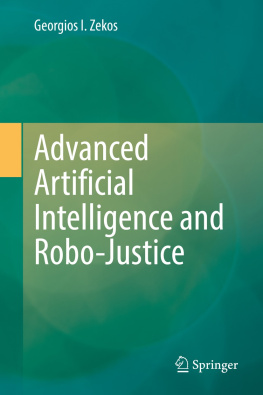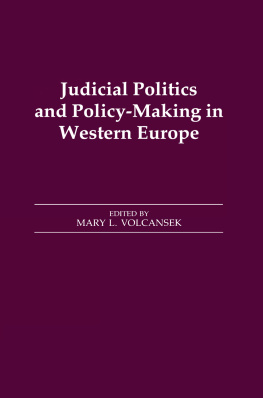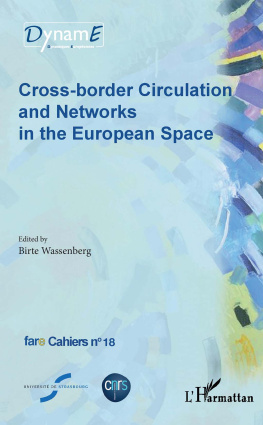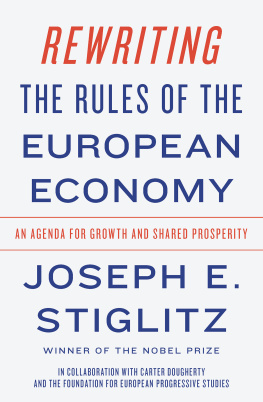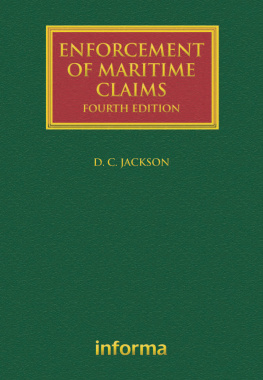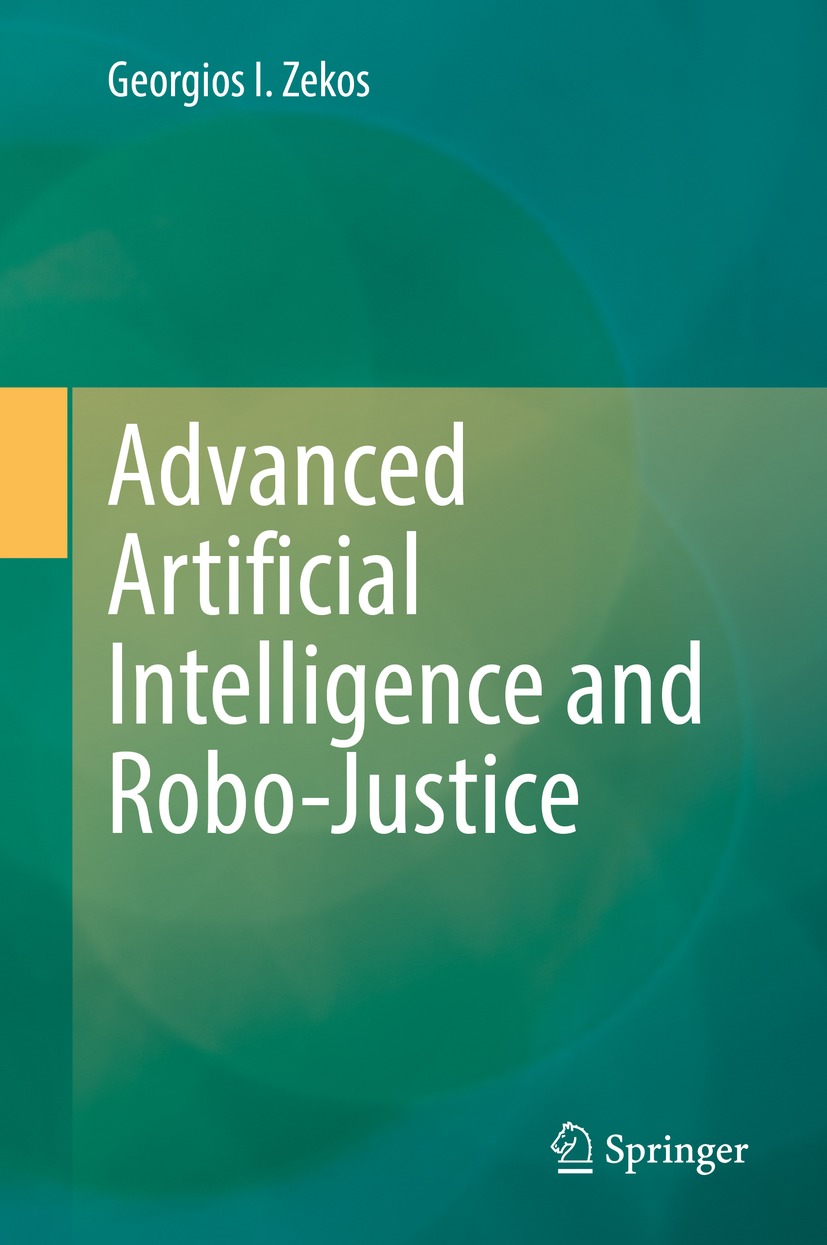Francesco Contini (editor) - The Circulation of Agency in E-Justice: Interoperability and Infrastructures for European Transborder Judicial Proceedings (Law, Governance and Technology Series, 13)
Here you can read online Francesco Contini (editor) - The Circulation of Agency in E-Justice: Interoperability and Infrastructures for European Transborder Judicial Proceedings (Law, Governance and Technology Series, 13) full text of the book (entire story) in english for free. Download pdf and epub, get meaning, cover and reviews about this ebook. year: 2013, publisher: Springer, genre: Politics. Description of the work, (preface) as well as reviews are available. Best literature library LitArk.com created for fans of good reading and offers a wide selection of genres:
Romance novel
Science fiction
Adventure
Detective
Science
History
Home and family
Prose
Art
Politics
Computer
Non-fiction
Religion
Business
Children
Humor
Choose a favorite category and find really read worthwhile books. Enjoy immersion in the world of imagination, feel the emotions of the characters or learn something new for yourself, make an fascinating discovery.
- Book:The Circulation of Agency in E-Justice: Interoperability and Infrastructures for European Transborder Judicial Proceedings (Law, Governance and Technology Series, 13)
- Author:
- Publisher:Springer
- Genre:
- Year:2013
- Rating:4 / 5
- Favourites:Add to favourites
- Your mark:
The Circulation of Agency in E-Justice: Interoperability and Infrastructures for European Transborder Judicial Proceedings (Law, Governance and Technology Series, 13): summary, description and annotation
We offer to read an annotation, description, summary or preface (depends on what the author of the book "The Circulation of Agency in E-Justice: Interoperability and Infrastructures for European Transborder Judicial Proceedings (Law, Governance and Technology Series, 13)" wrote himself). If you haven't found the necessary information about the book — write in the comments, we will try to find it.
This book contributes to an understanding of the dynamic complexities involved in the design of e-justice applications that enable online trans-border judicial proceedings in Europe. It provides answers to critical questions with practical relevance: How should online trans-border judicial proceedings be designed in order to deliver effective and timely justice to European citizens, businesses and public agencies? How can the circulation of judicial agency across Europe be facilitated? Based on extensive research, the book explores and assesses the complex entanglements between law and technology, and between national and European jurisdictions that emerge when developing even relatively simple e-services such as those supporting the European small claims procedure and European payment orders. In addition to providing a strong theoretical framework and an innovative approach to e-justice design, this book includes case studies that are based on a common methodology and theoretical framework. It presents original empirical material on the development of e-government systems in the area of European justice. Finally, it introduces the design strategies of Maximum Feasible Simplicity and Maximum Manageable Complexity and, based on them, it proposes architectural and procedural solutions to enhance the circulation of judicial agency.
Francesco Contini (editor): author's other books
Who wrote The Circulation of Agency in E-Justice: Interoperability and Infrastructures for European Transborder Judicial Proceedings (Law, Governance and Technology Series, 13)? Find out the surname, the name of the author of the book and a list of all author's works by series.

